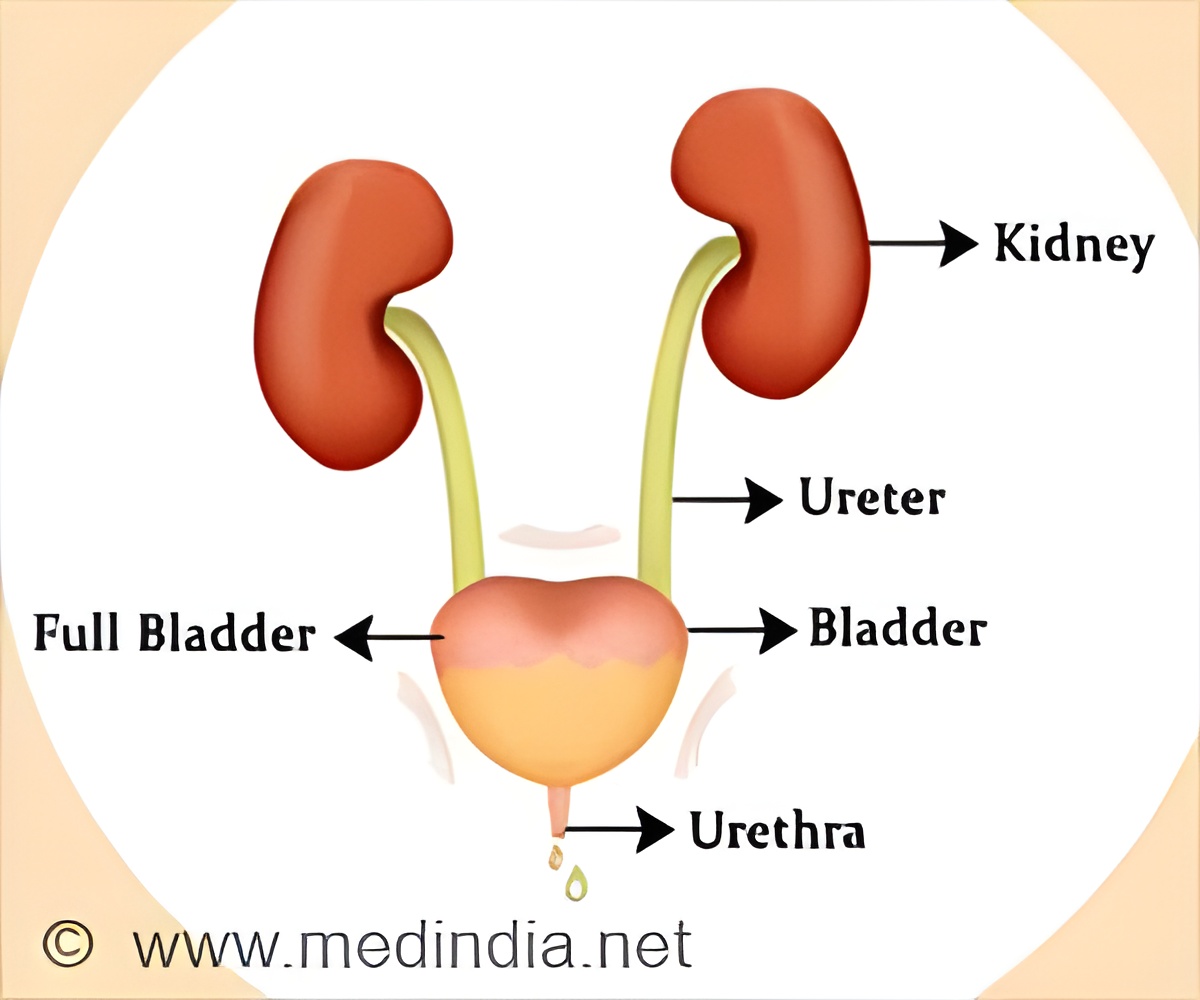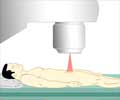
"While it could be a real difference in the tolerance to treatment, it could also represent cultural differences in reporting side effects and physician interpretation of patient descriptions. This will be the topic of further investigation."
Three-dimensional conformal radiation therapy, or 3D-CRT, is a type of external beam radiation therapy that uses computers and special imaging techniques to precisely tailor the radiation beams so that nearby normal tissue receives less radiation and is able to heal more quickly. Intensity modulated radiation therapy, or IMRT, is a newer, specialized form of 3D-CRT that allows radiation to be more exactly shaped to fit the tumor and further limits the amount of radiation received by healthy tissue near the tumor.
This may also safely allow a higher dose of radiation to be delivered to the tumor, potentially increasing the chance of a cure.
This study is a preliminary analysis of acute and late toxicity in men receiving high dose radiation therapy on a phase III Radiation Therapy Oncology Group (RTOG) dose-escalation trial. Researchers sought to compare the toxicity rates of high dose radiation therapy to standard dose radiation treatment, using IMRT and 3D-CRT. The toxicities were scored from the grade of zero (no toxicity) to four (severe toxicity).
The study also examined what patient characteristics might be associated with toxicity. The study involved 748 men who were randomized to the high dose arm of the trial. Of this group, 491 were treated with 3D-CRT and 257 with IMRT. Findings show that IMRT is associated with a statistically significant decrease in acute Grade 2+ rectal/bowel and urinary toxicity. There was also a trend for a 26 percent reduction in Grade 2+ late rectal and bowel side effects.
Advertisement
Source-Eurekalert



![Prostate Specific Antigen [PSA] & Prostate Cancer Diagnosis Prostate Specific Antigen [PSA] & Prostate Cancer Diagnosis](https://www.medindia.net/images/common/patientinfo/120_100/prostate-specific-antigen.jpg)









